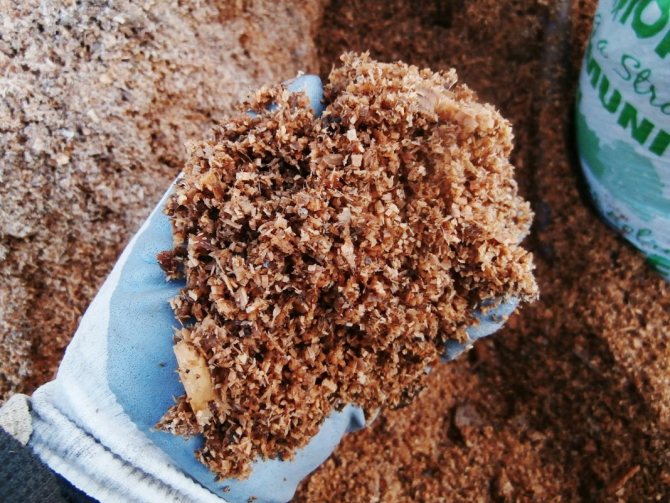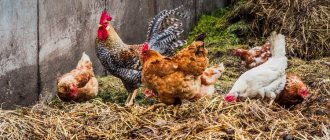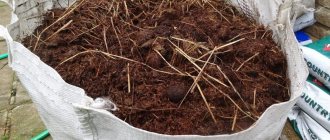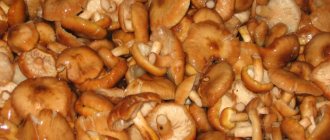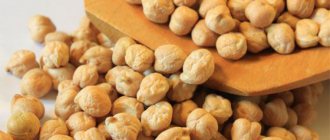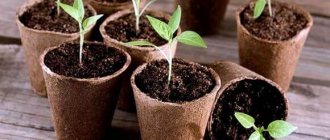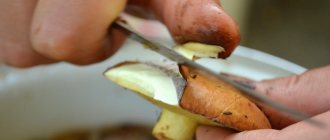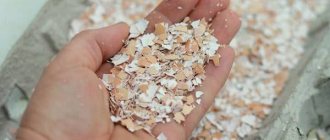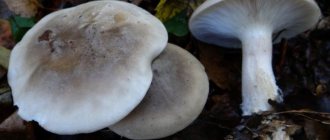2009.19
No comments yet
Sawdust is a natural material and can be used for many different things. Let's find out how versatile they are.
Add to the compost heap.
The more varied the organic matter in the compost, the better. If you make a compost of 1-2 components, then only certain substances will prevail in it, and when several dozen components act as ingredients, the compost turns out to be rich. It is necessary to make interlayers of at least 10 cm thick from sawdust every 30 cm of other components. And so to alternate constantly.
And so that the fertilizer is prepared faster, it does not hurt to spill a bunch of diluted baker's yeast, as well as urea mixed with water, after adding each layer. It is advisable to cover the organic matter with a black film, which will not allow drying out, and will also keep the heap warm.
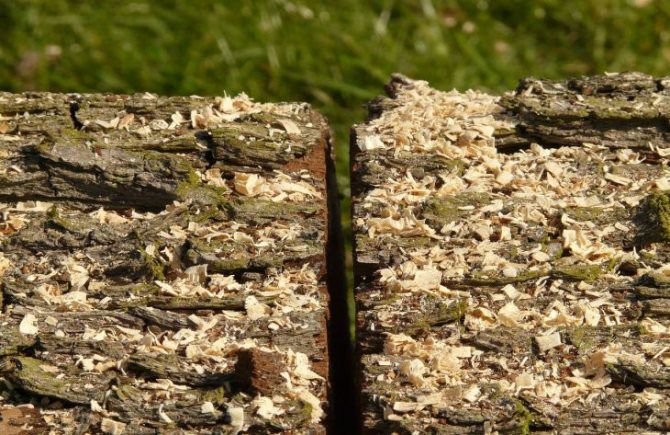
Mulching according to the rules
Sawdust in the country is useful not only for speeding up the composting process, but also for winter shelter of plants, their fertilization and protection from pests.
It is good to use prepared sawdust as mulch in the first half of summer, when seedlings and plants are just gaining strength, need protection from weeds, soil moisture loss and disease attacks... By the middle of summer, there will be no clear trace of the powder - rains and worms will mix it with the ground.
Basically, sawdust saturated with fertilizers is lined in the aisles. This must be done between the beds of tomatoes, potato rows, and other plants.


It is better to sprinkle cucumber bushes with substrate around the perimeter of the stem. This is necessary to protect the juicy fruit from sucking parasites. Slightly rotted sawdust can be used to build up beds in the garden: wood waste is poured into the base, plentifully watered with manure. On top of this, spread the earth and plant a plant. The active layer ferments intensively, heat is released, which heats up cucumber, squash and pumpkin seedlings and young plants.


Other vegetables grown in the garden - onions, carrots, beets, garlic, turnips - also need a protective powder. It must be done after a pick, when the plantings are thinned out and have reached a height of 5–7 cm, for them a layer of sawdust is lined by 3–4 cm.


Raspberries are one of the main lovers of mulching in the garden. It is necessary to preserve the soil moisture necessary for setting berries. Prepared sawdust is poured abundantly under the bushes.
Strawberries and strawberries
Can I mulch strawberries with sawdust? The answer is unequivocal - you need it, just like strawberries. This procedure is useful for berries:
- Sawdust maintains the moisture balance in the soil.
- Delicate fruits remain clean without touching the ground.
- Slugs and snails do not crawl onto the berries.


For mulching, you need clean sawdust without impurities, but before the procedure, it is important to saturate the soil with minerals and fertilize well to prevent the depletion of the fertile layer. The material used can be mixed with urea in the above proportions.
The sawdust is moistened and spread under the bushes, under each branch and between the stems... The layer thickness should be 5–7 cm. This work is presented in the video.
The bedding is done when the seedlings have already taken root and gained a height of more than 7 cm.Mulching strawberries with sawdust for the winter will help the perennial plant better survive the cold and keep the root system intact.
How to cover roses
Gardeners say: "A rose is a child of manure," therefore sawdust is necessary for it as fertilizer, but they are not suitable as a protective layer. This mulch does not have sufficient heat retention properties.


Shelter of roses with sawdust can be used for wintering only in combination with other, more effective materials. An expert will tell you about this in detail in the video.
Sapling material
If you do not buy seedlings, but germinate the plants yourself, then sawdust in the form of humus is suitable for these purposes. Such soil will saturate the plant with useful substances and accelerate its growth. To properly germinate a seed from scratch, you must complete steps such as:
- 1) pour small, pre-moistened sawdust into a flat container;
- 2) the seeds must be impregnated with fertilizer before planting;
- 3) the container is covered with a foil with holes and exposed to the sun;
- 4) when the first shoots appear, you can gradually add soil for the plant to get used to.
If the seedlings have reached an insignificant size, they can be transplanted immediately into full-fledged soil or on mulched soil. This scheme works with cucumber seedlings. They can be pre-planted on mulch, watered less and grown on such a basis.
What are wood shavings?
Externally, many types of small chips look like large sawdust, so it is very important to understand how these materials differ from each other.
Sawdust is waste from sawing wood, and shavings are waste machine or hand planing.
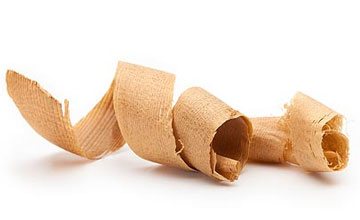

The classic shape of the shavings is shown in the photo.
When planing, as during sawing, the same process occurs - the tip of a metal tool removes a thin layer of wood from the surface of the workpiece.
However, when sawing, the tool scrapes wood from the surface of the part, but when planing, several processes take place, which depend on the direction of movement of the knife relative to the fibers of the workpiece.
Sawdust differ from each other only in size, maintaining the same ratio of length, width and thickness, and the shape and size of the chips depend on many parameters, which we will discuss below.
For more information on the types of chips and how they differ from sawdust, see the material Types of chips.
Despite the fact that most of the shavings obtained by planing and milling, at some enterprises producing oriented strand boards, chips receive using disk machines.
The working body of this machine consists of a shaft on which several circular saws are installed. The distance between these saws determines the thickness of the chips, so that all products that this machine produces have the same thickness.
For more information about this and many other equipment that is used for machining wood and obtaining shavings, read here: Production of shavings and equipment.
Sawdust for seed germination
The technology of germinating seeds in sawdust allows you to get healthy planting material for vegetable crops. The essence of the method is that sawdust is used only during the initial period of growing seedlings. To do this, a layer of small sawdust with a thickness of 1.5-2 cm is poured into the tray. After moistening it, the seeds are laid out so that the distance between them is 2-2.5 cm. From above, the wet sawdust is covered with another layer of sawdust. After the emergence of seedlings, a knife is cut into the layer into squares, this makes it easier to transfer the seedlings to containers later.


Sawdust for seed germination
When the plants release the first true leaf, they are transplanted into containers, on the bottom of which the treated soil is placed.The top of the container is also covered with peat soil. Top dressing is carried out so that the applied fertilizers compensate for the acidity of the soil in the container.
Smoking sets
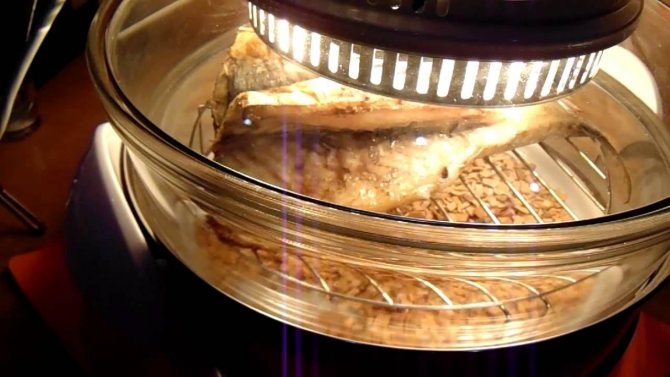

The costs of the business of producing sawdust for smoking will be minimal. Basically, they can be reduced to label printing and product packaging. Difficulties arise only with finding the right sawdust, deciduous trees are required, preferably fruit trees like a cherry or a pear, but aspen, alder and juniper will also work. Conifers and birch are categorically not suitable, they spoil the appearance of the dish and a bitter aftertaste appears.
The demand for such products is constantly growing, more and more Russians are purchasing their own smokehouses. People unite in online communities of interest, where they can offer a product.
Waste from wood processing enterprises is a valuable and versatile material that has wide practical application in the household. Chips have many useful properties, as a result of which, their processing can become a business that brings a good income. At the same time, the environmental and everyday needs of a person will be satisfied in parallel.
Where to put the accumulated waste?
The owners and employees of woodworking enterprises often have a question, how to get rid from waste and where to put them? After all bury only a small volume is possible in the ground, and until the end of the decomposition of cellulose into carbon dioxide and humus, the ground above such a burial will be unsuitable for growing plants.
Burning waste, with the exception of using it in heating systems, is also not an option, because such use does not generate income, but it can lead to problems with Rosprirodnadzor and the fire department of the Ministry of Emergency Situations.
Therefore, the best ways to dispose of chips are:
- processing into some useful product;
- sale;
- using for own needs.
For more information on the various options for using this type of waste, as well as their advantages and disadvantages, read here: Where to put the shavings.
Problems and solutions
You can avoid problems when using sawdust if you learn not from your own people, but from others. Take note and avoid in practice. There are two real problems when using sawdust material: soil acidification and nitrogen drawdown. But all this can be solved.
Soil acidification
Sawdust strongly acidifies the soil. But not all types. Only fresh material, coniferous and pine. To neutralize the negative phenomenon, the dosage of slaked lime (fluff) and mineral fertilizers should be increased by 1.5 times.
When using organic matter and EO for composting, the prevention solution: add wood ash, dolomite (limestone) flour, chalk to the mixture.
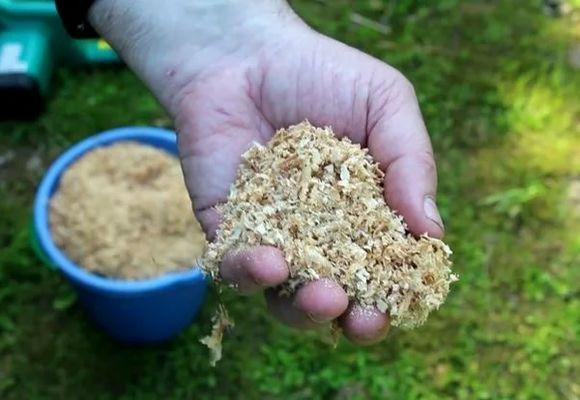

Nitrogen retraction
A simple way of solving the problem will help to prevent the withdrawal of nitrogen from the soil: to enrich the sawdust with an element. Several recipes "for the lazy" will help with this. Add per kilogram of shavings:
- urea - 20 g;
- or a bucket of water with the addition of bird droppings (0.5 l);
- or diluted herbal infusion (3 l) in 7 l of water.
If you do not have enough time, then use another option: mix dry sawdust with urea. Then water with urea or poultry droppings.
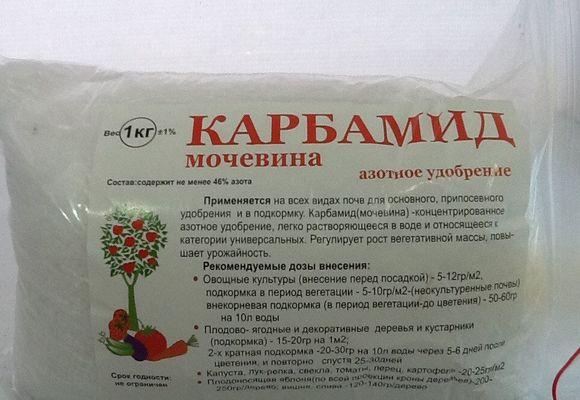

Payback period
The payback period directly depends on how well you organize your business and how you will work. The exact figures cannot be given here, since the starting data are unknown, but in general, the profitability of this business is 30-40%. Consider an example of starting pellet production. The total launch costs are 1.3 million rubles. With the proper organization and sale of 100% of finished products per month, you will earn about 150 thousand net net worth of wages and taxes.Thus, all the costs incurred will be recouped in 8-9 calculated months, but in fact the recoupment is delayed for 11-12 months, after which the enterprise begins to bring a stable profit.
The delay of 2-3 months in payback is due to the fact that you are unlikely to be able to immediately sell all the products, in the process there will be overlaps and delays, there will be problems with employees, some equipment will fail, etc. If we consider the production of filler for cat litter made of sawdust, then the payback will come in about 5-6 months, only the profitability of this business is about 40-60 thousand per month clean. If we talk about insulation, then its payback is virtually instantaneous, from the first order. Basically, you just deliver the raw materials to the facility, mix it with lime and other antiseptics, and fill it between the walls. In the production of particleboard-fiberboard, payback usually occurs in 15-18 months, and the average monthly earnings is about 150 thousand rubles. In the production of building materials, payback occurs in 3-5 months with an average earnings of 40-60 thousand rubles.


